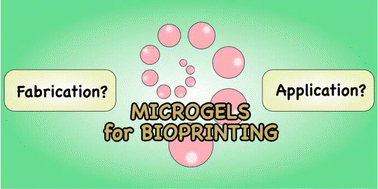Biomater. Sci., 2024, 12,1750-1760
DOI: 10.1039/D3BM01904G, Paper
DOI: 10.1039/D3BM01904G, Paper
Xinyi Long, Qian Yuan, Rui Tian, Wanting Zhang, Lang Liu, Minghui Yang, Xin Yuan, Zhujie Deng, Quanjiang Li, Ronghui Sun, Yuyi Kang, Yingying Peng, Xiubin Kuang, Lingfang Zeng, Zhengqiang Yuan
An alginate hydrogel loaded with mesenchymal stem-cell-derived extracellular vesicles (EVs) and a 7-amino-acid peptide (7A) constitutes a novel dressing for efficient healing of diabetic wounds with anti-inflammation and pro-angiogenesis mechanisms.
The content of this RSS Feed (c) The Royal Society of Chemistry
An alginate hydrogel loaded with mesenchymal stem-cell-derived extracellular vesicles (EVs) and a 7-amino-acid peptide (7A) constitutes a novel dressing for efficient healing of diabetic wounds with anti-inflammation and pro-angiogenesis mechanisms.
The content of this RSS Feed (c) The Royal Society of Chemistry









 Open Access
Open Access

